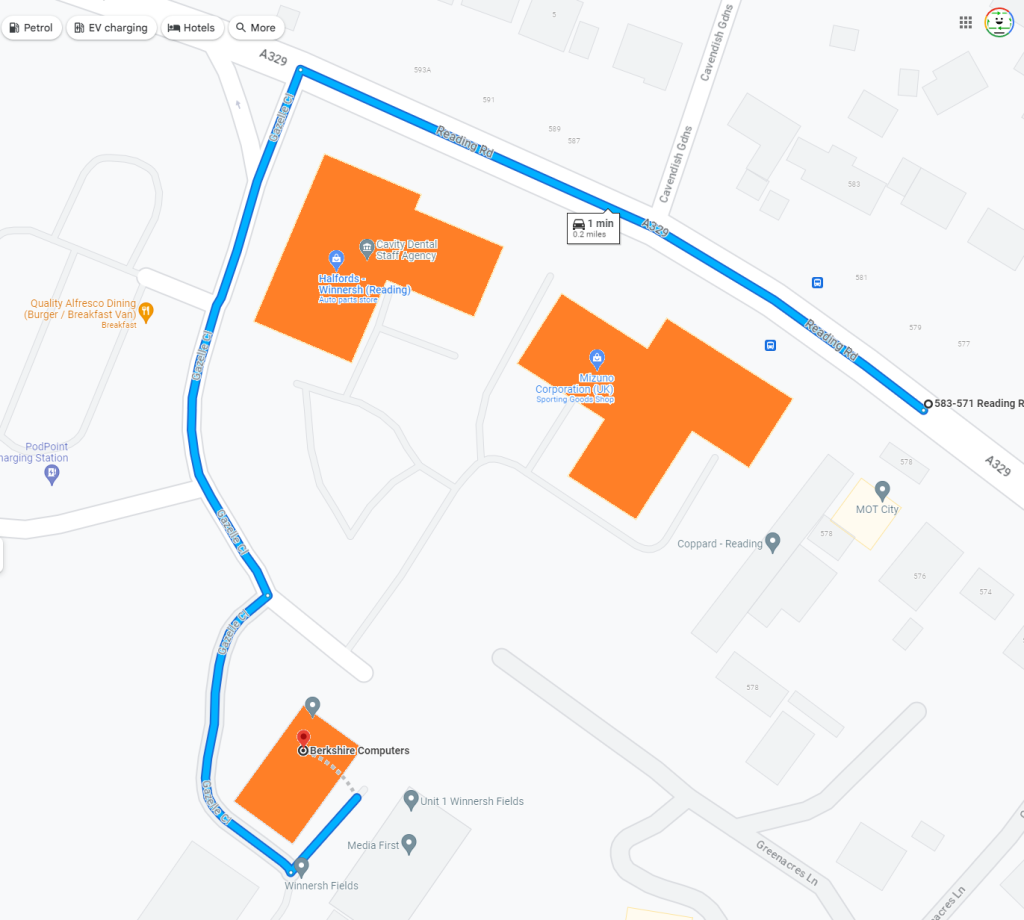Resolving Storage Issues on Your C Drive: What to Do When Deleted Files Remain
Have you ever faced the frustrating scenario of attempting to delete a file from your computer, only to find that it still occupies precious space on your hard drive? This is a common issue that many users encounter, and it can leave you scratching your head in confusion. Recently, I experienced this situation firsthand while using Microsoft Edge, which prompted me to reach out for solutions.
While downloading a sizable file, I suddenly received a notification indicating that the download had stopped due to insufficient storage on my C drive. Upon realizing that the file was around 8GB—exactly the amount of free space I had left—I attempted to delete it from my downloads folder. To my surprise, clicking the delete option seemed to have no effect; the file simply vanished from sight.
In hopes of recovering disk space, I diligently checked my Computers.co.uk/" target="_blank" rel="noopener noreferrer">recycle Bin and even emptied it, yet the elusive file continued to eat away at my storage capacity. This led to mounting frustration as I confirmed that my C drive was still full, and I noticed that, despite changing the download settings in Edge to direct future files to my D drive, new downloads inexplicably remained on the C drive.
Here are some steps you can take if you find yourself in a similar predicament:
1. Check Hidden Files
Sometimes, files are not fully deleted and may still be lurking in the shadows of your system. Use the File Explorer’s settings to show hidden files, which might reveal the culprits taking up space.
2. Run Disk Cleanup
Windows offers a built-in Disk Cleanup tool that can help reclaim storage. By searching for “Disk Cleanup” in the Start menu and selecting your C drive, you can clear temporary files, system files, and other unnecessary data.
3. Utilize Third-Party Software
Consider using third-party applications that can help identify large files and folders on your system. Tools like WinDirStat or TreeSize can visualize disk space usage, making it easier to pinpoint what’s occupying your drive.
4. Check Download Locations
Double-check your browser settings to ensure that the new downloads are directed to the correct location. Sometimes, settings may not save correctly, causing new files to default back to the original directory.
5. Reboot Your System
A simple reboot might resolve the issue. It ensures that all processes are reset and can sometimes free up space that
Share this content:



